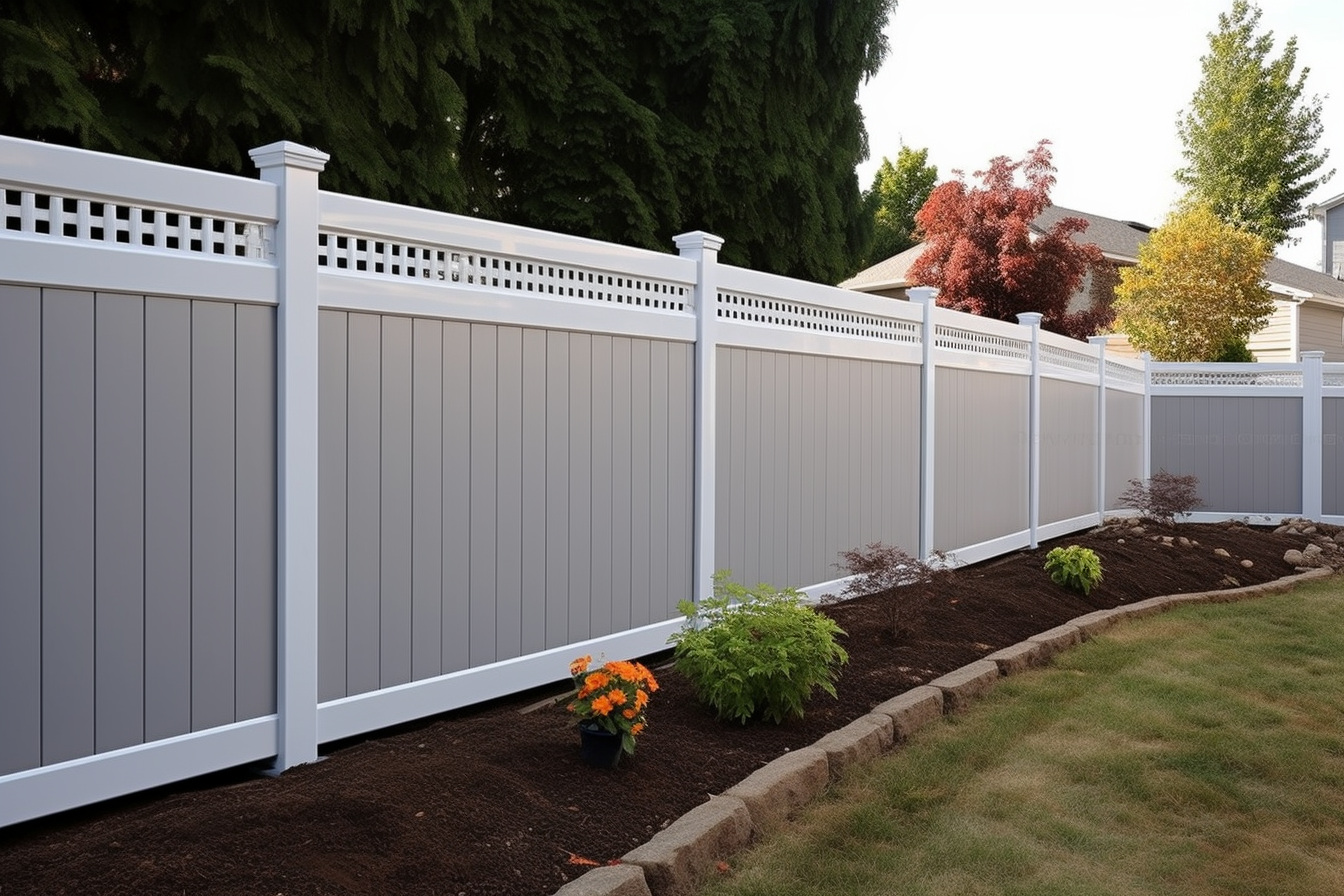Enhancing Your Outdoor Space: The Ultimate Guide to Garden Fences
A garden fence serves as more than just a boundary marker; it's an essential element that can transform your outdoor space, providing privacy, security, and aesthetic appeal. Whether you're looking to create a cozy retreat or define your property lines, understanding the ins and outs of garden fences is crucial for any homeowner or gardening enthusiast.

How do I choose the right material for my garden fence?
Selecting the appropriate material for your garden fence is crucial for longevity, maintenance, and overall appearance. Wood remains a popular choice due to its natural look and versatility. Cedar and redwood are particularly favored for their resistance to decay and insects. Metal fences, such as wrought iron or aluminum, offer durability and a classic aesthetic, though they may require more maintenance to prevent rust. Vinyl fencing has gained popularity for its low maintenance requirements and wide range of styles, while composite materials combine the look of wood with the durability of synthetic materials.
What styles of garden fences are available?
Garden fence styles are as diverse as the gardens they enclose. Picket fences evoke a classic, cottage-garden feel and are perfect for defining boundaries without blocking views. Privacy fences, typically taller and with closely spaced boards, are ideal for creating secluded areas. Lattice fences offer a balance between privacy and airflow, allowing climbing plants to intertwine for added beauty. For a more natural look, living fences made of hedges or bamboo can provide an eco-friendly alternative to traditional fencing materials.
How tall should my garden fence be?
The height of your garden fence depends on its primary purpose and local regulations. For privacy, fences typically range from 6 to 8 feet tall. However, if the main goal is to define property lines or create a decorative border, a lower fence of 3 to 4 feet may suffice. It’s crucial to check local zoning laws and homeowners’ association rules, as many areas have restrictions on fence heights, especially for front yards. Additionally, consider the impact on your neighbors and the overall aesthetics of your neighborhood when deciding on fence height.
What maintenance is required for garden fences?
Proper maintenance is essential to ensure your garden fence remains functional and attractive for years to come. Wood fences require regular staining or painting to protect against moisture and UV damage. Inspect your fence annually for signs of rot, insect infestation, or loose boards, and address issues promptly. Metal fences should be checked for rust and repainted as needed. Vinyl and composite fences are relatively low-maintenance but may require occasional cleaning to remove dirt and algae. Regardless of material, keep vegetation trimmed away from the fence to prevent moisture buildup and potential damage.
How much does a garden fence typically cost?
The cost of a garden fence can vary significantly based on materials, style, length, and installation complexity. Here’s a general overview of pricing for different fence types:
| Fence Type | Material Cost per Linear Foot | Installation Cost per Linear Foot | Total Estimated Cost per Linear Foot |
|---|---|---|---|
| Wood | $7 - $15 | $5 - $10 | $12 - $25 |
| Vinyl | $20 - $40 | $4 - $8 | $24 - $48 |
| Aluminum | $25 - $40 | $5 - $10 | $30 - $50 |
| Wrought Iron | $30 - $50 | $10 - $20 | $40 - $70 |
| Chain Link | $5 - $20 | $5 - $10 | $10 - $30 |
Prices, rates, or cost estimates mentioned in this article are based on the latest available information but may change over time. Independent research is advised before making financial decisions.
When budgeting for a garden fence, consider additional costs such as gates, permits, and potential landscaping adjustments. While DIY installation can save money, professional installation ensures proper placement and longevity, especially for more complex fence types.
Investing in a garden fence is a decision that can significantly enhance your outdoor living space. By carefully considering your needs, local regulations, and budget, you can select a fence that not only serves its practical purposes but also complements your home’s architecture and landscape design. With proper care and maintenance, your garden fence will provide years of privacy, security, and aesthetic enjoyment, making it a valuable addition to your property.






